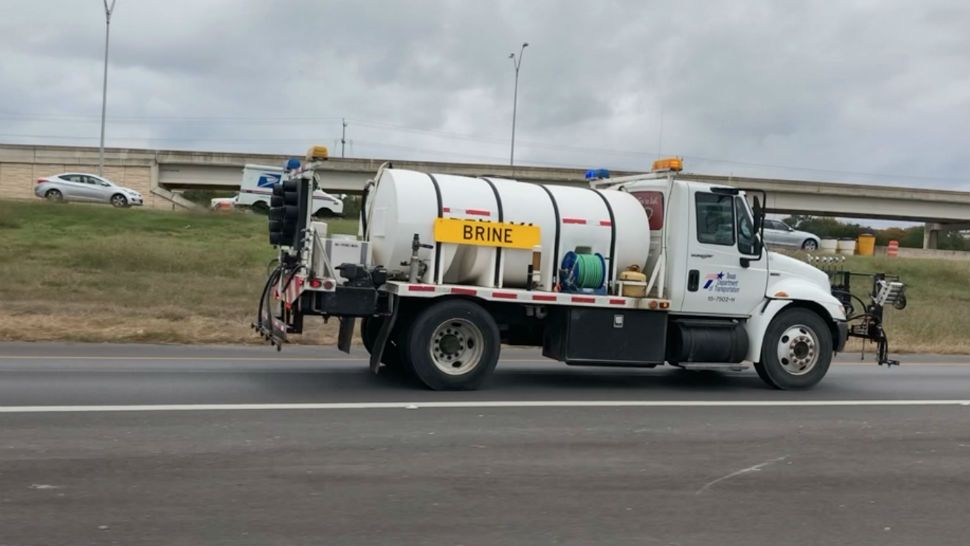TEXAS – Temperatures are about to drop in Central Texas so it’s time for your pre-freeze about the four “P’s:” people, pets, plants, and pipes.
PEOPLE
There are a couple of parts to the “people” element. The first is to make sure elderly family members and neighbors are safe and warm. According to the CDC, people over 85 years old are at a significantly higher risk of dying from excessive cold or hypothermia than other age groups in both cities and rural areas. It may be a good idea to check that they have enough blankets and their heater is in working order. These people may also need assistance with the other “P’s.”
Also make sure your family and neighbors of any age have working carbon monoxide detectors and know not to run a generator or burn charcoal indoors. Blankets and anything that could catch on fire should also be kept away from space heaters.
PETS
A good rule of thumb is if you're cold outside, your pet will be, too. Very young or very old animals are more susceptible to suffering medical issues due to the cold. While officials do not recommend leaving your pets outside, if you must, make sure you have a dry, well insulated space for them.
PLANTS
If you have the ability to bring a plant inside you should, if you can’t you should cover it.
Experts say some plants can survive short cold snaps. But many of the plants in South and Central Texas are sensitive to the cold temperatures and could end up freezing and dying.
It's recommended you bring those plants inside or closer to your home in a warmer spot, usually on the south side of your house. You also could just cover them up with a fabric sheet to conserve heat coming up from the soil.
"The plants are doing just fine because the soil or the dirt or rock is still warm enough to protect them," says Oscar W. Van Auken of the University of Texas at San Antonio. "But as we proceed later and later in the year it's going to get colder and colder and those plants will finally die."
PIPES
Before the frigid weather arrives, make sure to wrap all exposed pipes located outside or in unheated areas of your home. Special pipe covers can be purchased but you can also just wrap a dry towel or newspaper around the pipe. Also, cover any vents around the foundation of your home.
If the temperature drops to 28 degrees or below for at least four hours, then you should also drip outside faucets. Once the temperature rises, turn the faucets back off.
Residents in the Austin area contact Austin Water's 24-Hour Emergency Hotline at 512-972-1000. San Antonio residents can contact SAWS for emergencies at 210-704-7297.





